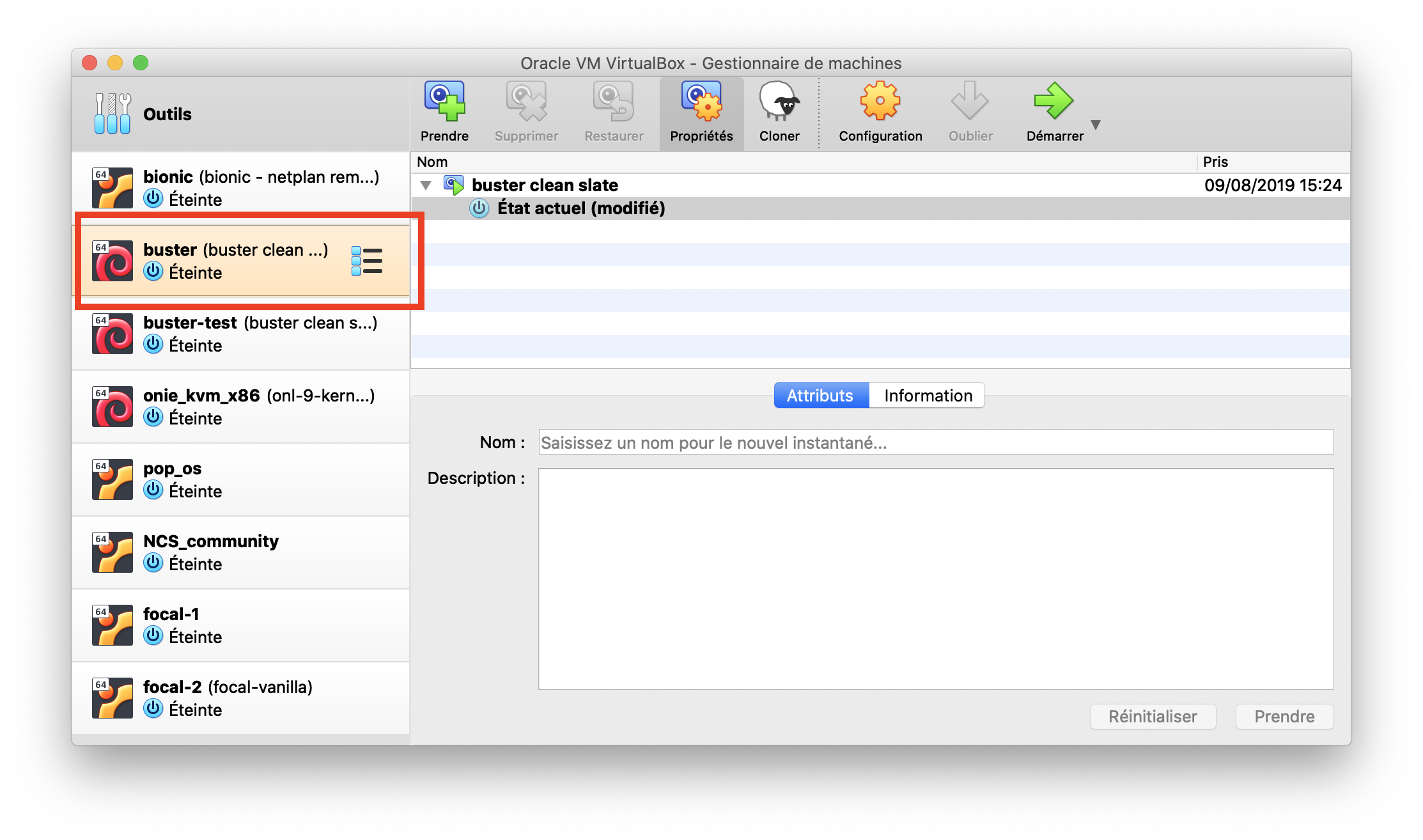The main objective of [RARE / FreeRouter 101] series is to help you getting started with FreeRouter from scratch without any prior knowledge.
Requirement
- Basic Linux/Unix knowledge
- Basic networking knowledge
Overview
freeRouter is a free, open source router control plane software. For nostalgic and old networkers (like me), freeRouter is able to handle HDLC, X25, frame-relay, ATM encapsulation.
Since it handles packets itself at the socket layer, it is independent of underlying Operation System capabilities.
We will see in the next articles how freeRouter subtlety leverage this inherently independence to connect different data-plane such as OpenFlow, P4 and other possible data-plane that would appear in the near future.
The command line tries to mimic the industry standards with one exception:
- no global routing table: every routed interface must be in a virtual routing table
- positive side effect: there are no vrf-awareness questions
Article objective
This article is meant to simply deploy 2 instances of freeRouter on the same fresh linux installed linux box.
We are voluntary using freeRouter (freerouter.nop.hu) "raw" official repository in order to get familiar with the deployment manual process.
Even if the deployment process is straightforward, it is not self explanatory for people non familiar with java/linux.
In order to simplify the deployment we have deployed a daily built:
- launchpad packages for ubuntu 18.04 and 20.04
- debian 10 (aka buster) package on OpenSuse Build System
- container on Docker Hub
But let's get our "hand dirty" and follow the simple manual installation.

